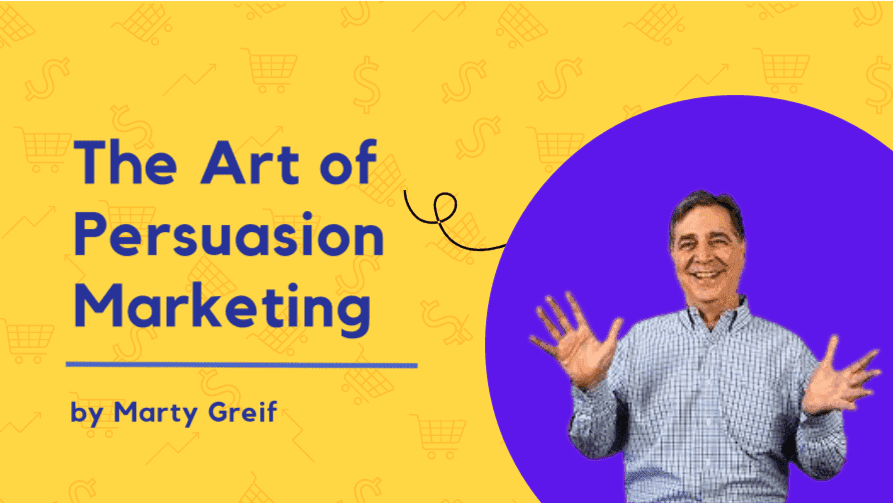There is an art to using persuasion in Internet marketing. To find the right balance takes skill in understanding how much persuasion to use in your strategy and how much is too much and will turn visitors off instead of enticing them to convert. Your goal is to build trust in your online visitors so they will move forward with the conversion.
In order to use the art of persuasion successfully, you must realize that it takes skill to understand what motivates your target audience to make their purchasing decisions by learning how your visitors think.
There are two ways in which customers decide what to purchase:
- All information is evaluated carefully before a decision to buy is made; or
- Purchases are made by looking at the product and making the purchase impulsively, without giving it much thought.
Either way, a decision is made by how the visitor feels about the product, how desperately the product is needed and how well they know, or their impression of the brand of the particular product.
When persuasion marketing is a learning curve, but once mastered, you’ll be able to guide your potential customers and motivate them towards the preferred action, which, of course, is conversion.
People need to feel good about the decisions they make when purchasing, so they don’t want to feel as if they’re being pressured into making the purchase.
What are the Principles of Persuasion?
In order to use persuasion, there are certain principles that need to be followed. Not all decisions are made rationally. Most decisions are made on an emotional level and sometimes, the decision-making process needs a bit of help. The main principles are as follows:
Reciprocity Principle
This principle is easy to understand: If you want something, you should give something to show goodwill. When you’re willing to give something, others will be more willing to reciprocate by giving you something in return.
How it works:
Give Useful Content for Free
Provide a tutorial, webinar or a sample of your product to aid in bolstering the connection between you and the visitor.
Give the Visitor Your Time
Give free online consultations or video tutorials that are relevant to your business.
Personally Thank Your Visitors
When your appreciation is genuine, you will earn return customers. Take the time to thank each customer and perhaps offer coupons for future discounts.
Illusion Principle
When we think about something, how frequently do we see that in others? If you’re thinking about having a baby, you’ll see pregnant women, babies and toddlers everywhere! This is just basic psychology.
The increase in the frequency that you see things is really just an illusion brought about by your recognition of thinking about something new. It’s not that these sightings are more frequent, it’s just your mind noticing the things you’re newly interested in.
Marketers can send information to a targeted, online audience in order to create more interest according to their current interests and purchases. What this means is that you can email customers and potential customers about a new product and when they see it advertised, they will feel compelled to go to your website to purchase it.
Anchor Principle
People make comparisons. Even if they don’t have a need to get the best of everything, they can’t help but compare what they have with their friends, family and acquaintances to see who has the best home, car, etc.
The comparisons are usually made on the first thing they see. If you see an item for $600, your mind will anchor onto that price. So when you see other items for $1,000 or higher, that $600 price point doesn’t seem so bad. Your decision to buy is now based on that $600 price point.
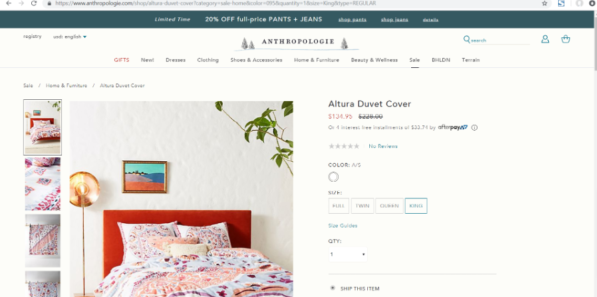
Another way to look at this is that if you see an item that originally sells for $200 and thought it too expensive, but it is now $150, that same buyer won’t hesitate to make that purchase.
Social Proof Principle
People tend to act on something if they know others want the same thing. It’s like following the leader. If people see proof that others are interested in buying, subscribing, etc., they will be motivated to get on that bandwagon.
So, we now know that people love items that others are getting, but what is “Social Proof”? So, how can you unlock the power of social media for conversions? Below are some examples:
The Power in Numbers
A great example of this is YouTube. Every channel has the number of subscribers prominently displayed for all to see. Anyone landing on a channel will see how many people subscribe to that channel and wonder what the attraction is, so they’ll watch a few videos and maybe they’ll decide to go with the crowd and subscribe, too.
In-Demand Proof
This is seen on websites by having pop-ups that show how many subscribers registered within the last day or two. If the visitor doesn’t immediately click to subscribe, these pop-ups will be just the push they need to go for it.

Shares on Social Media
When your content is shared on social media, the image of your brand gets a huge boost. Every time a person shares a site on social media, their friends will usually share, too.
Benefits Principle
The average person is generally selfish. They want to know what advantages there are for them. If your goal is conversion (which it is), you want to help motivate your visitors by offering something that helps them take that next step.
Some examples of this are:
Discounts
Let your visitors know what they will save when they purchase from you as opposed to one of your competitors. Discount pricing strategies online stores should consider when applying discounts.
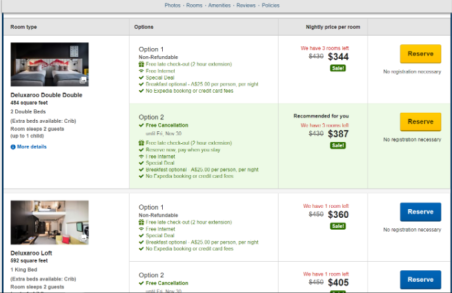
Ratings and Customer Reviews
On your website, prominently display verified customer reviews and testimonials. These reviews and testimonials show new visitors that you are trustworthy. This gives you two types of persuasion: benefits and social proof.
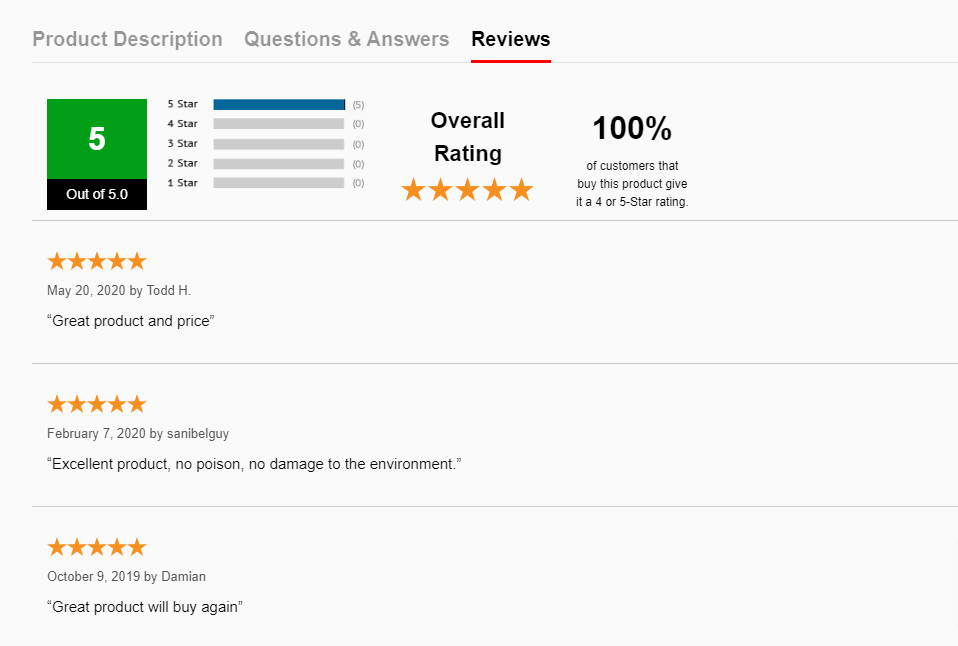
Comparisons
One thing is certain…visitors will compare your products to similar products on other websites. After all, they want to know that they’re getting the most bang for their buck. If you put comparisons where your visitors can clearly see them, that will save them the hassle of looking through other products themselves and can come to a decision much quicker.
Authority Principle
When a brand is endorsed by someone who is a well-known expert, people will believe in that brand more. It’s safe to say that customers trust the opinions of those they feel are experts in the product and/or brand.
Scarcity Principle
Basic human psychology tells us that if there’s a limited supply of something, that item becomes much more desirable. This is a concept rooted in our psyche. This is where there’s a mad rush to stock up on things when it’s believed the supply is dwindling.
If you want your visitor to feel that sense of urgency, let them know when a product is starting to run out. This will give them a gentle push to convert. The scarcity principle can be used in the following ways:
Shortage
Put a counter on the products to let visitors know they need to act before the product is gone.
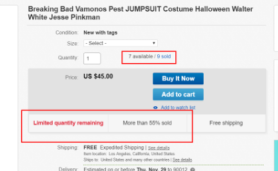
Limited Time Offer
Put an item that’s quickly selling out on “special” for a limited time. This will let the visitor know that they need to act fast.
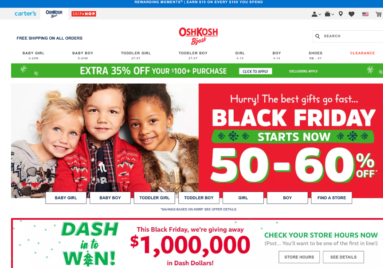
Limited Time Reward
This can be an offer given only to first-time customers, or a reward for a quick purchase. These help to encourage visitors to buy.
Exclusivity Principle
When people see the word “Exclusive”, they feel that they are privileged to get it. People will spend more when it’s “Exclusive”.
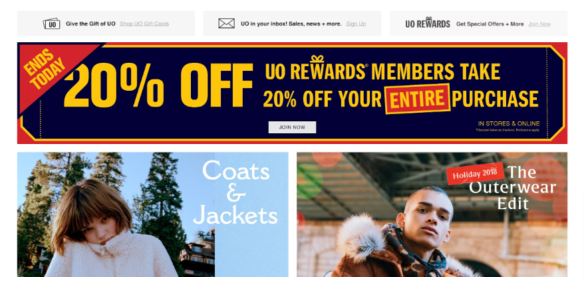
When using this principle, it must be done for a few, select items and include member-only discounts on higher ticket items. When an item is limited, the appearance of exclusivity becomes greater.
Impulse Principle
Impulses are natural instincts in human behavior. Most purchases are made emotionally rather than rationally. We rationalize our purchases after the sale is finalized.
This principle of marketing needs a trigger. Impulse buying happens when people are led in the right direction. Once this is accomplished, conversion is pretty much a given.
The best way to lead a visitor to convert is to offer Special Sales giving fantastic discounts. Or to offer a One-Time Discount for a new item or an item that is soon going to be discontinued.
Likability Principle
When something is likable, people are more drawn to it. In order to have a successful website, visitors must like what they see. When your website is likable, the power of persuasion increases.
Here are some ways to ensure that your website is likable:
It Must Be Helpful and Informative
The site must be relatable to a wide range of people so more visitors will be able to relate to your company.
Images Must Be Appropriate
The site must have images that are relatable to your target audience and are relevant to your products.
Aesthetics are Key
The right aesthetics can make or break a website. The design should be pleasing to your target audience.
If You can Persuade, You can Convert
As previously stated, persuasion is not only a strategy, it’s an art and is crucial in marketing to get visitors to become customers. The techniques of persuasion come into play in all different parts of your website and will be a factor in showing your visitors that you’re trustworthy, credible and likable. This will result in more conversions.
Digital marketers need to discover the chances that can be taken to persuade your visitors. Trust symbols and reliable, professional content that visitors can relate to will help in gaining the desired goal of conversion. If done correctly, the principles of persuasion will win you loyal customers who will not only buy from you, but they will also bring more loyal customers in time.

